In order to ensure that the wiring is properly installed, it’s important to understand how many current-carrying conductors can be placed in a 3/4-inch conduit.
The number of current-carrying conductors depends on a number of factors, such as the type of wiring being used and the local regulations in place. The NEC states that the maximum number of current-carrying conductors in a 3/4-inch conduit is four.
However, local regulations may supersede this requirement, so it’s important to check with the local jurisdiction before installing any wiring.
By the end of this article, you should have a better understanding of how many current-carrying conductors can be placed in a 3/4-inch conduit.
Current-Carrying Conductors In A 3/4 Conduit:
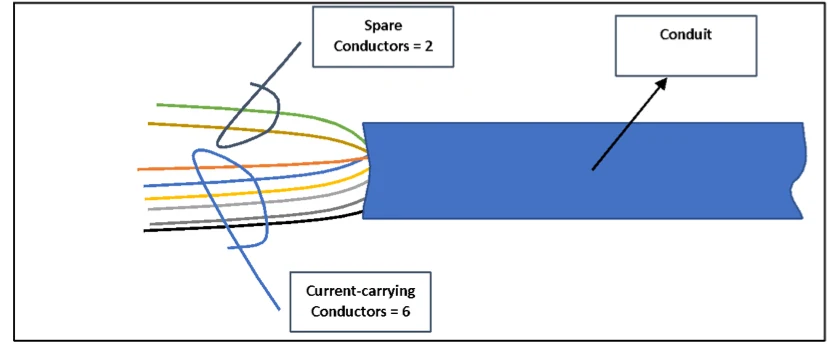
According to NEC annexes ‘B’ and ‘C’, the maximum CC in conduct number of current differs based on the wire gauge and its type (EMT, ENT, FMC, IMC, and PVC).
Although people would suggest using more than 15 or 20 CCCs in a 3/4 conduit, it will still leave doubts if you haven’t learned the right number. And that’s the reason why you are here, right?
It’s true that harm or damage will occur if not following the NEC code’s advice. Most of the time, people use conduits to bundle the cables in the raceway or ditch in the underground.
While this is amusing (and typically true), some precautions must be taken according to the NEC whenever conductors are bundled together in a raceway, cable, or even in a ditch in the earth.
Now, enough about these, let’s get to the main point. Here’s the 2020 NEC current carrying conductor table of the 3/4 conduit. Wire size will vary if the cables are run 300 feet.
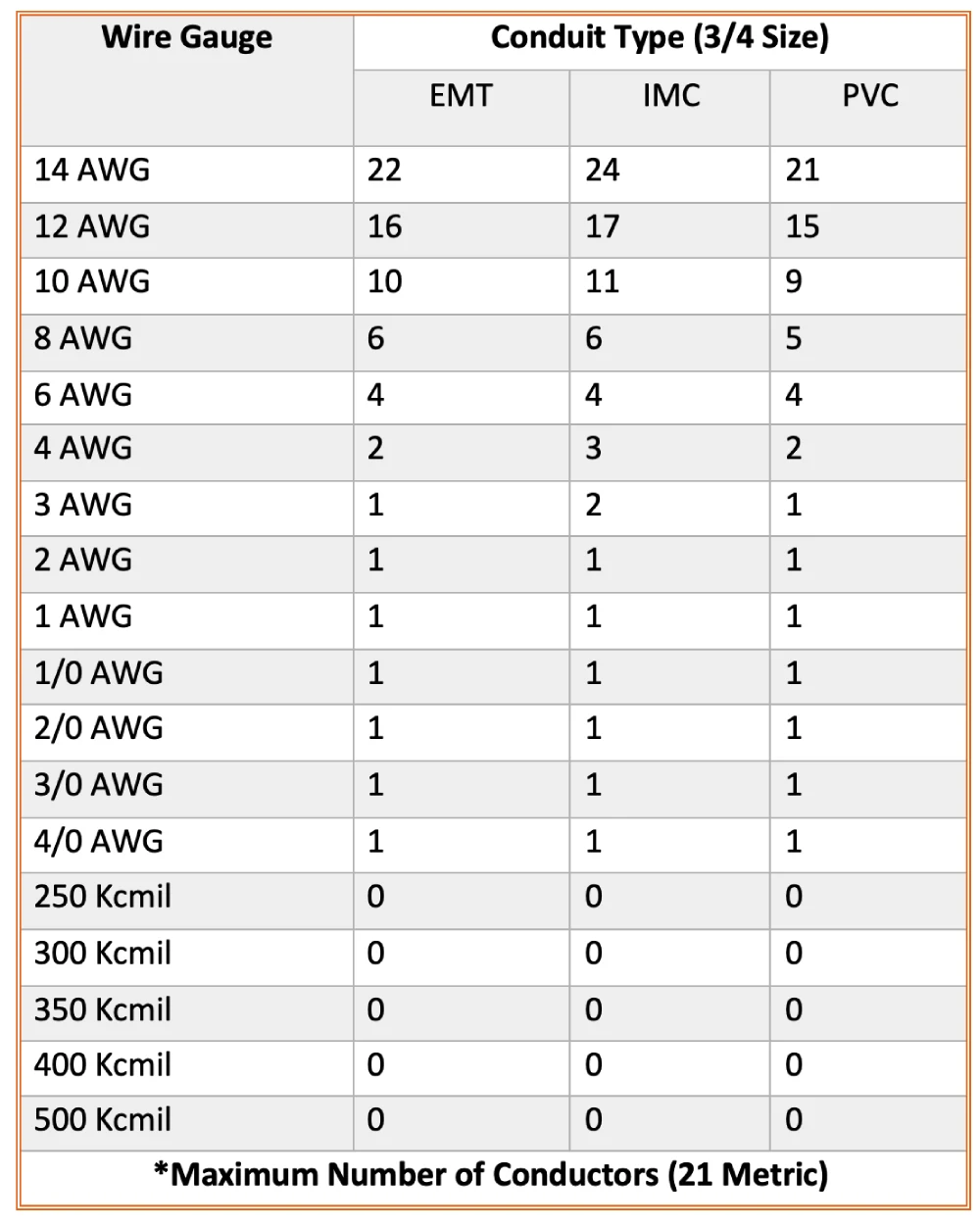
What Is EMT, IMC, & PVC?
After you’ve learned the exact amount of CCCs to use in 3/4 conduit, it’s time to learn about the conduit types. People who have little idea about electrical would be familiar with these conduit types which are:
- EMT.
- IMC.
- PVC.
In case you don’t know, the EMT (Electrical Metallic Tubing) is an inexpensive conduit. Then, the IMC (Intermediate Metal Conduit) is high-strength due to steel tubing which is lighter than EMT.
On the other hand, PVC (Poly Vinyl Chloride) is one of the most-used conduits for securing electrical wiring harnesses.
If you want to know how many circuits can you pull in a 3/4 conduit that is suitable for a raceway or cable, then the answer is simple. Based on the 310.15 (B-3, a), you can attach not more than 10 to 20 circuits.
But this equation refers to 15-amp or 20-amp circuits to use in the 3/4 conduit or 21 metric trade size.
Tips for Calculating Conduit Fill and Selecting the Appropriate Number of Conductors:
Calculating conduit fill and selecting the appropriate number of conductors is an important step in ensuring the safety and efficiency of an electrical system.
Here are some tips to help you calculate conduit fill and select the appropriate number of conductors:
Consult The National Electrical Code (NEC):
The NEC provides tables that show the maximum number of conductors that can be installed in various sizes of conduit, based on the size of the conductors and the type of conductor insulation.
These values are based on a conduit fill percentage of 40%, which means that the conduit should not be more than 40% full of conductors. There are also electrical codes on how deep you should bury the conduits.
Calculate The Cross-Sectional Area of the Conduit:
The cross-sectional area of the conduit is the amount of space inside the conduit that is available for the conductors.
To calculate the cross-sectional area, you will need to measure the inside diameter of the conduit and the distance between the conductor and the inside wall of the conduit.
Determine The Total Cross-Sectional Area of the Conductors:
To determine the total cross-sectional area of the conductors, you will need to add up the cross-sectional area of each conductor.
For example, if you have three conductors with a cross-sectional area of 0.75 square inches each, the total cross-sectional area of the conductors would be 2.25 square inches.
Calculate The Conduit Fill Percentage:
To calculate the conduit fill percentage, divide the total cross-sectional area of the conductors by the cross-sectional area of the conduit and multiply by 100.
For example, if the total cross-sectional area of the conductors is 2.25 square inches and the cross-sectional area of the conduit is 4 square inches, the conduit fill percentage would be 56.25%.
Select The Appropriate Number of Conductors:
Based on the conduit fill percentage, you can determine the appropriate number of conductors that can be installed in the conduit. If the conduit fill percentage is less than 40%, you can add more conductors to the conduit.
If the conduit fill percentage exceeds 40%, you will need to remove some conductors or use a larger size conduit to ensure the safety of the electrical system.
Remember to always follow the NEC and other applicable standards and regulations when installing electrical conductors in conduits to ensure the safety of the electrical system.
Summary
In conclusion, the National Electrical Code (NEC) generally states that the maximum number of current-carrying conductors in a 3/4-inch conduit is four, but local regulations may supersede this requirement.
It’s important to check with the local jurisdiction before installing any wiring and to take safety considerations into account when determining the number of current carrying conductors in a 3/4-inch conduit.

![Why and When Is Myers Hub Required? [All You Need to Know]](https://wiringsolver.com/wp-content/uploads/2022/11/when-is-Myers-hub-required.jpg)
![Can You Run 120v And 480v In Same Conduit? [Explained]](https://wiringsolver.com/wp-content/uploads/2022/11/Can-120V-and-480V-be-Run-in-the-Same-Conduit.jpg)
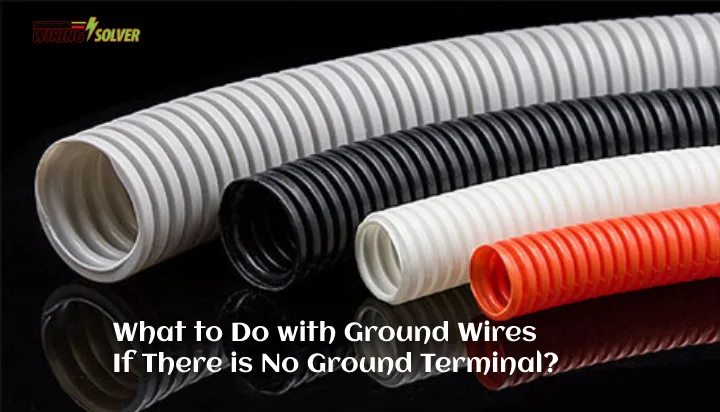
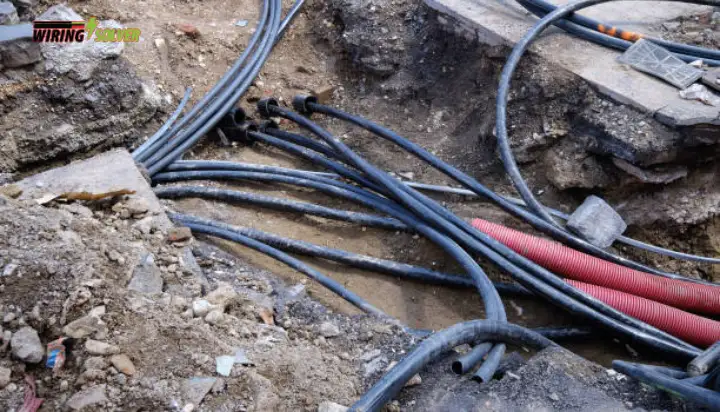
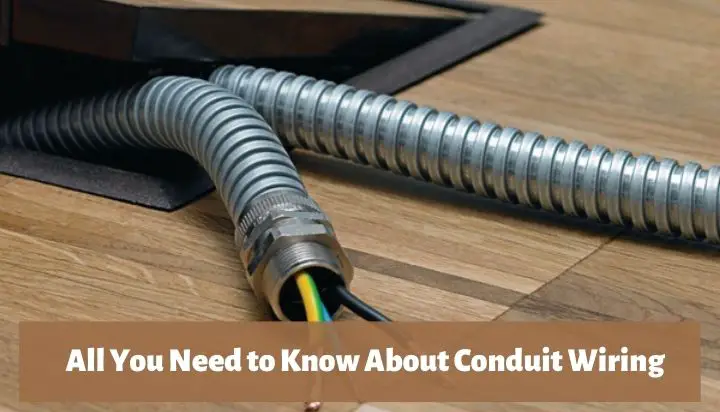
![Myers Hub Vs Connector! [Key Differences]](https://wiringsolver.com/wp-content/uploads/2022/11/Differences-Between-a-Myers-Hub-and-a-Connector.jpg)